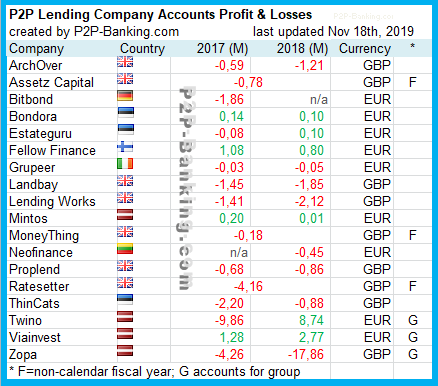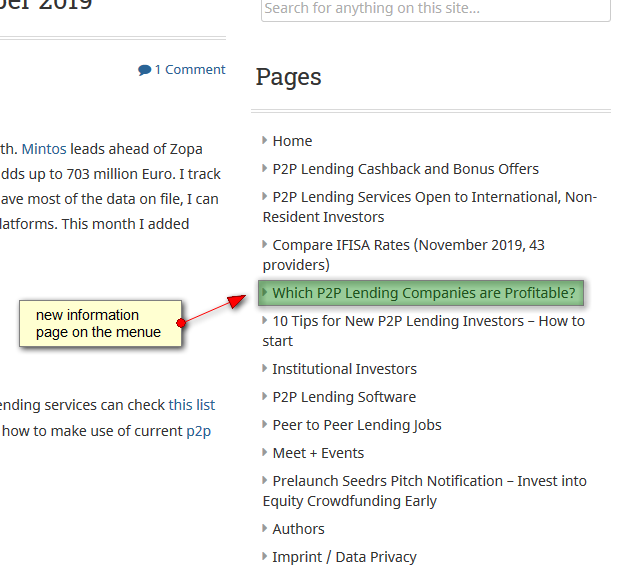Following the previous post on Smava.de here is a look on the business case of the smava startup and the chances for profit.
Currently Smava earns only when a loan funds. Smava charges the borrower a 1% fee of the loan amount. Only other fee are 10 Euros per dunning letter (which is covers the costs of the dunning letters but is otherwise neglectable).
Possible reason for the low fee (in comparison to Prosper and Zopa) are the low interest rates in Germany which might not allow for higher fees. Loans range from 500 to 10.000 Euro. Assuming an average loan amount of 3000 Euro Smava would earn 30 Euro.
Looking at transaction costs, we have:
- Identity check of borrowers and lenders via PostIdent (approx 5 Euros each)
- Creditgrade check (estimate 1 Euro)
- Validation of documentation for borrowers (estimate 5 Euro, based on typical call center cost, actual inhouse costs could be higher or lower)
- Validation of documentation for lenders (estimate 3 Euro, based on typical call center cost, actual inhouse costs could be higher or lower)
Even looking at this transaction costs without taking into regard marketing, overhead, legal and setup costs it seems that Smava faces quite a challenge and will have to focus on automation of processes.
A critical factor in my view is the fact, that costs for lender and borrower identification are incurred before anything happens and regardless if borrowers and lenders become active. Learnings form Prosper.com are that 103.000 listings created only 9000 loans, which means 90% of listings gounfunded. Of the 230000 Prosper.com members about 23000 have the role lender. Only 12000 of these were active in the last 30 days.
Prosper does some verification only when a listing will fund.
An interesting factor of Smava is the high minimum fee of 500 Euro (which Colin Henderson was quick to point out).
In a call founder Eckart Vierkant reasoned that a lower minimum was not necessary due to the automatic risk spreading through the Anleger-Pool (see previous post).
The 500 Euro minimum has 2 interesting effects:
- since the lowest unit is 500 Euro, deposits from 0 to 499 Euro will accumulate on the lender accounts. Lenders collect non interest on these unloaned amount. Assuming an average 'parked' amount is 200 Euro and that the bank partner of Smava invests this money earning a return of 5 % that would mean 10 Euro profit per year and active lender
- the 500 Euro minimum keeps small lenders out (at least in theory since anybody can register for free)
It will be interesting to see how Smava deals with that challenge in future.


